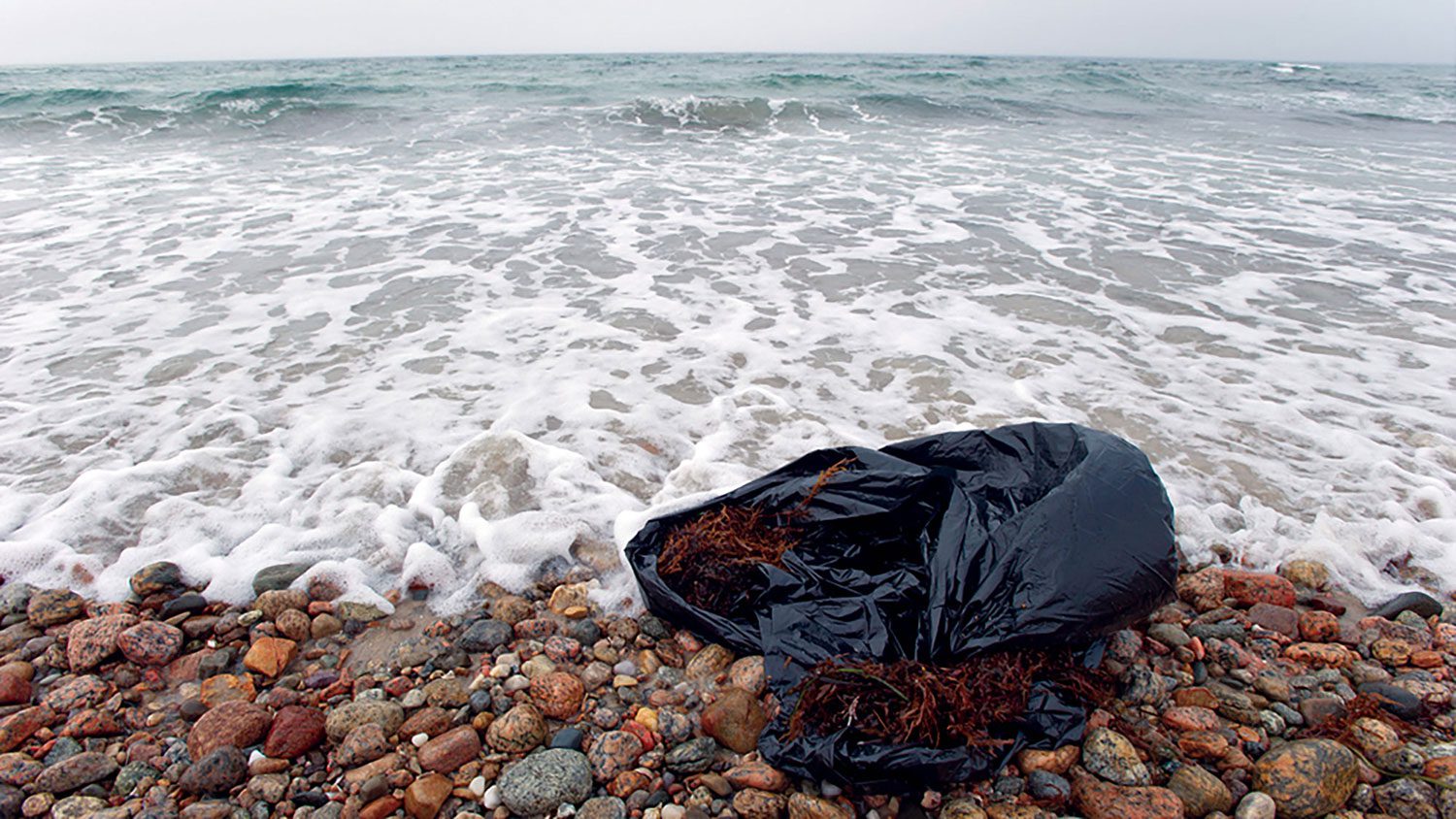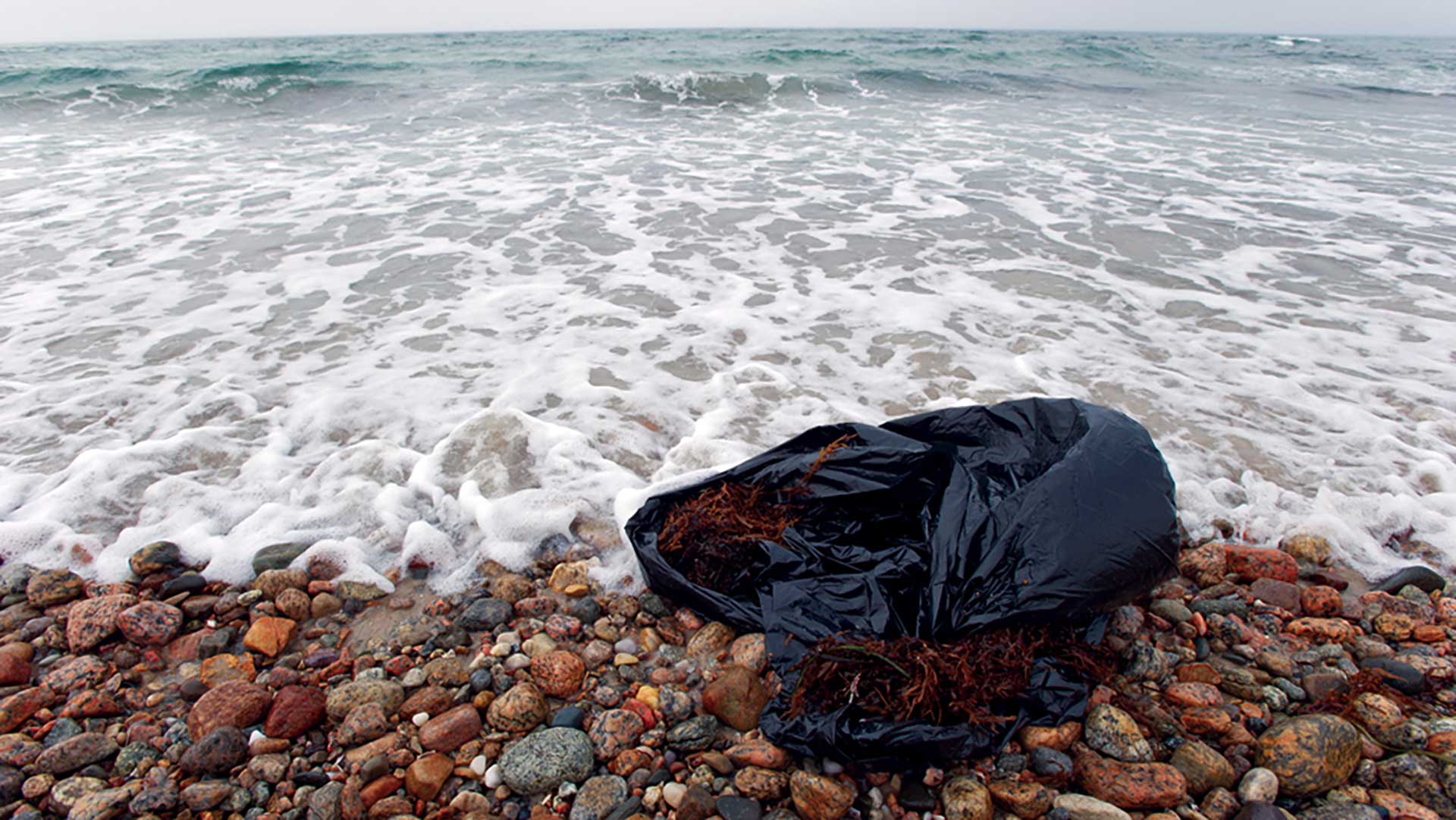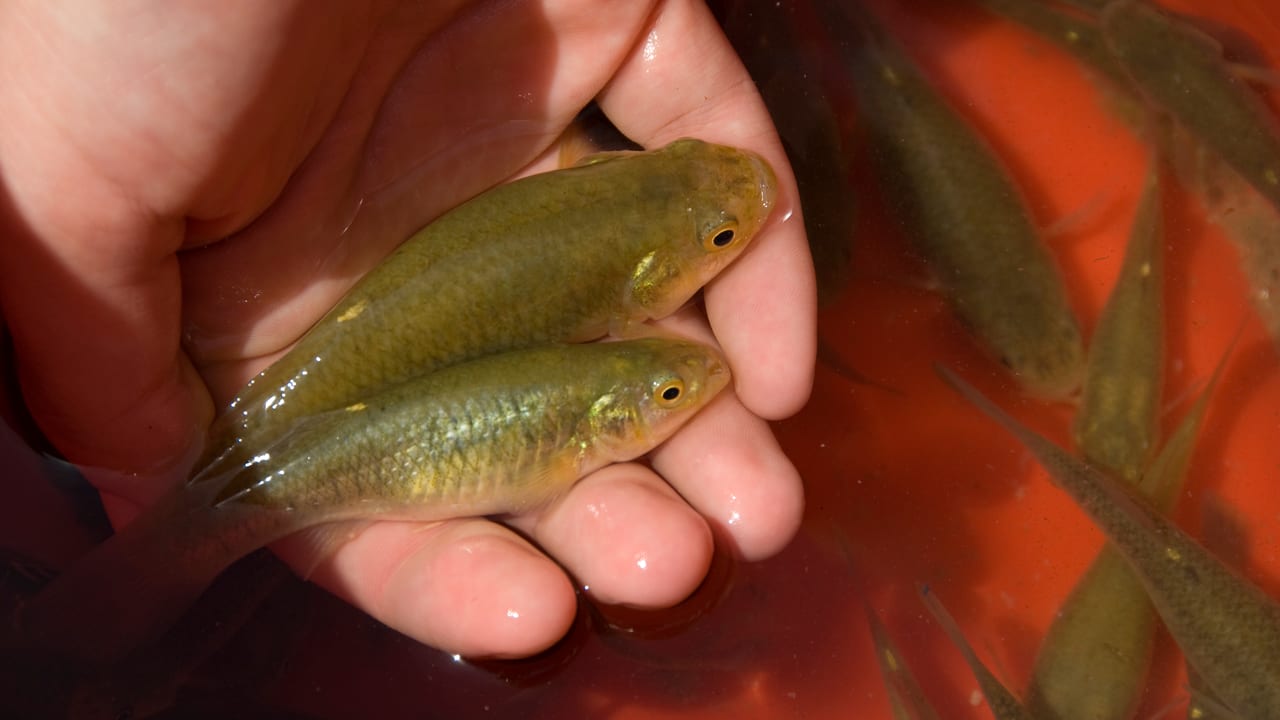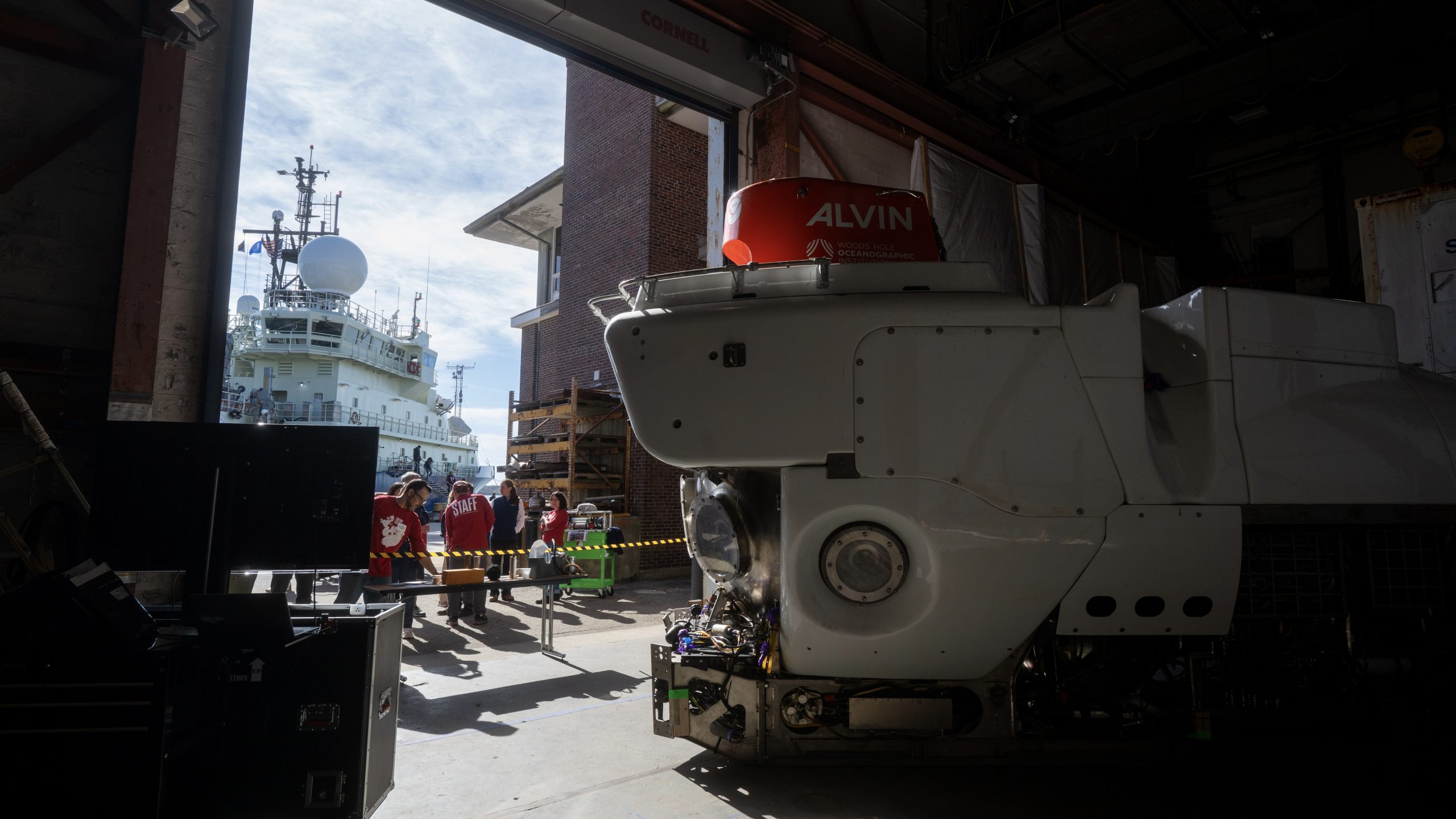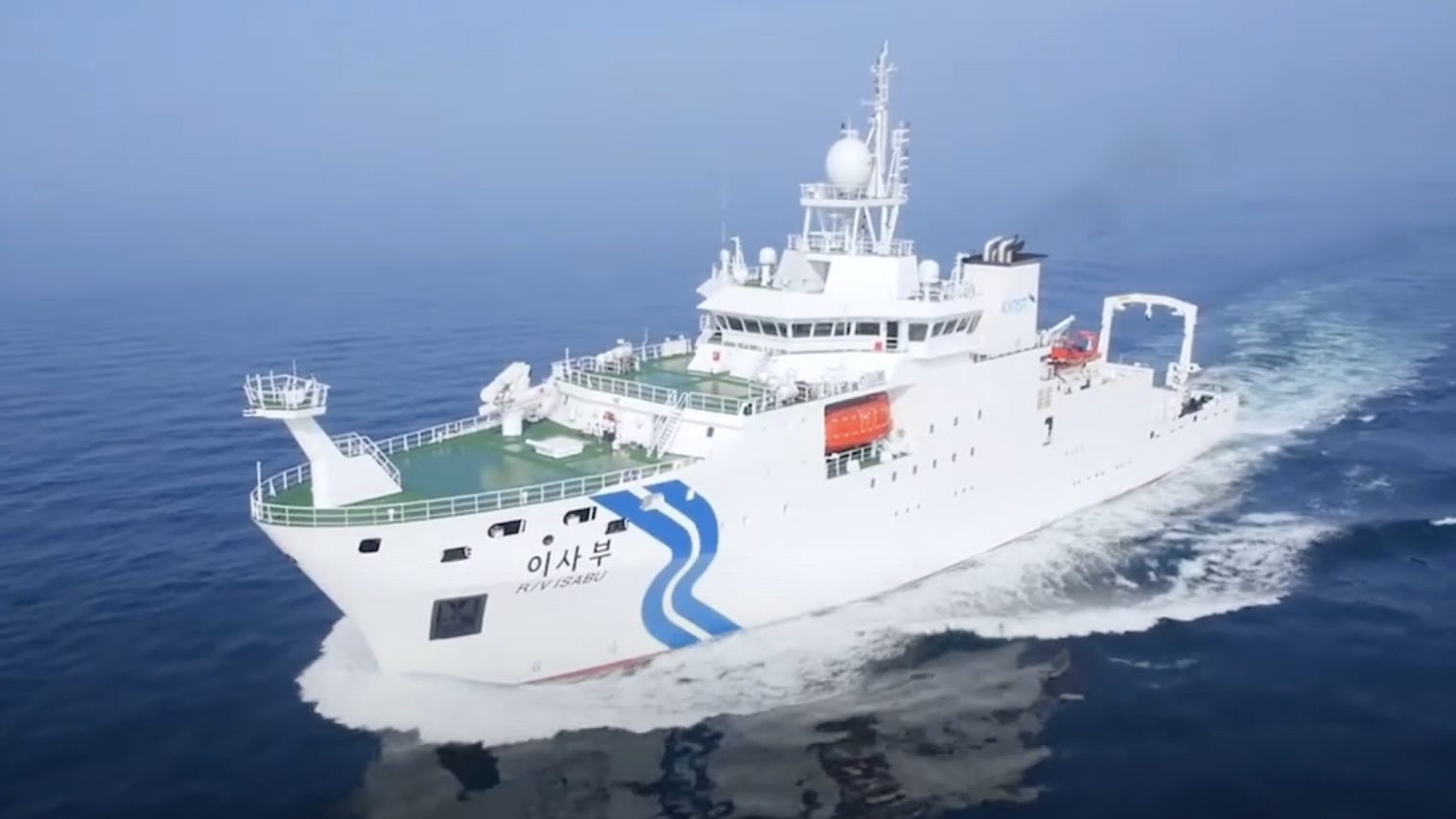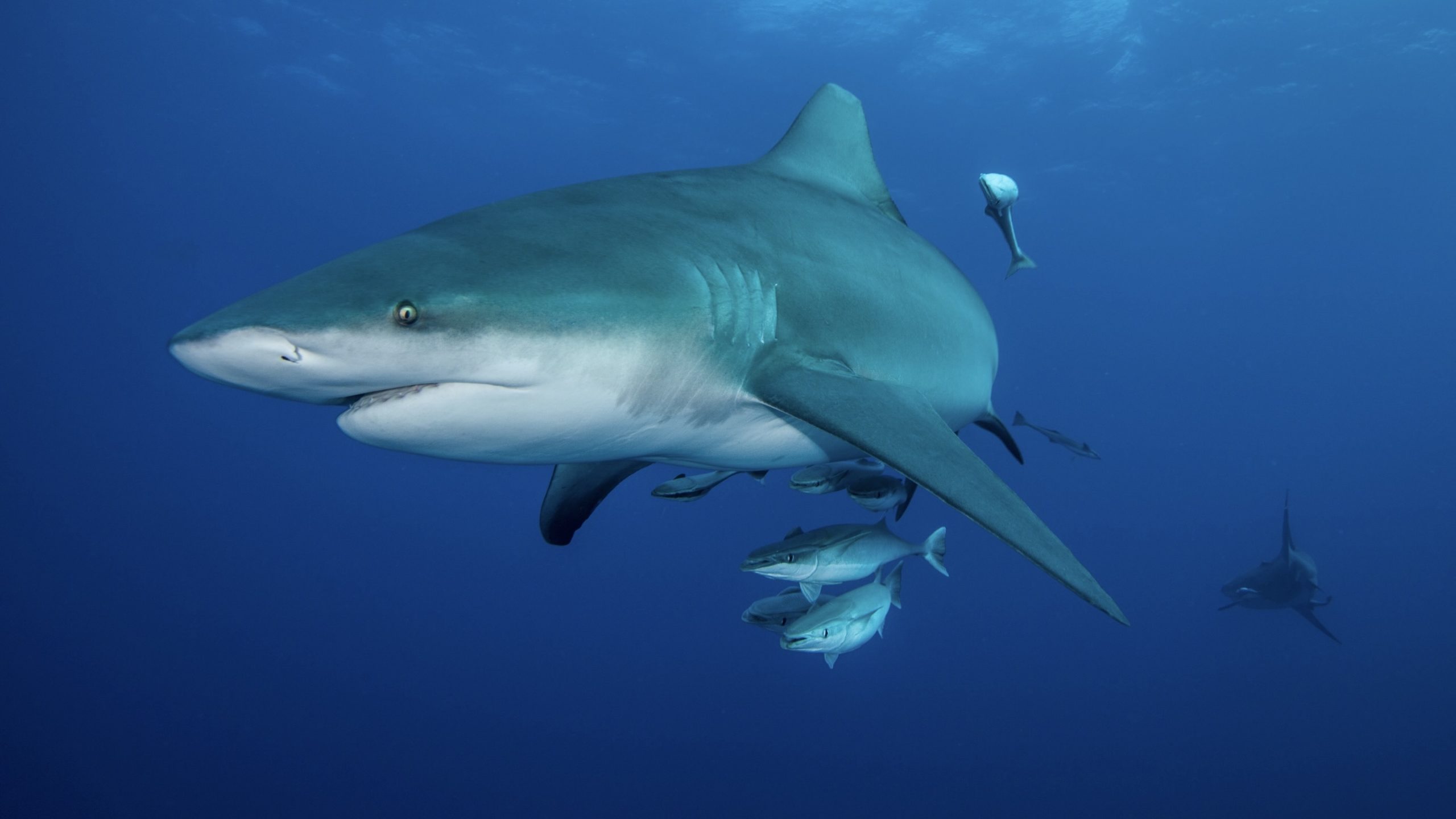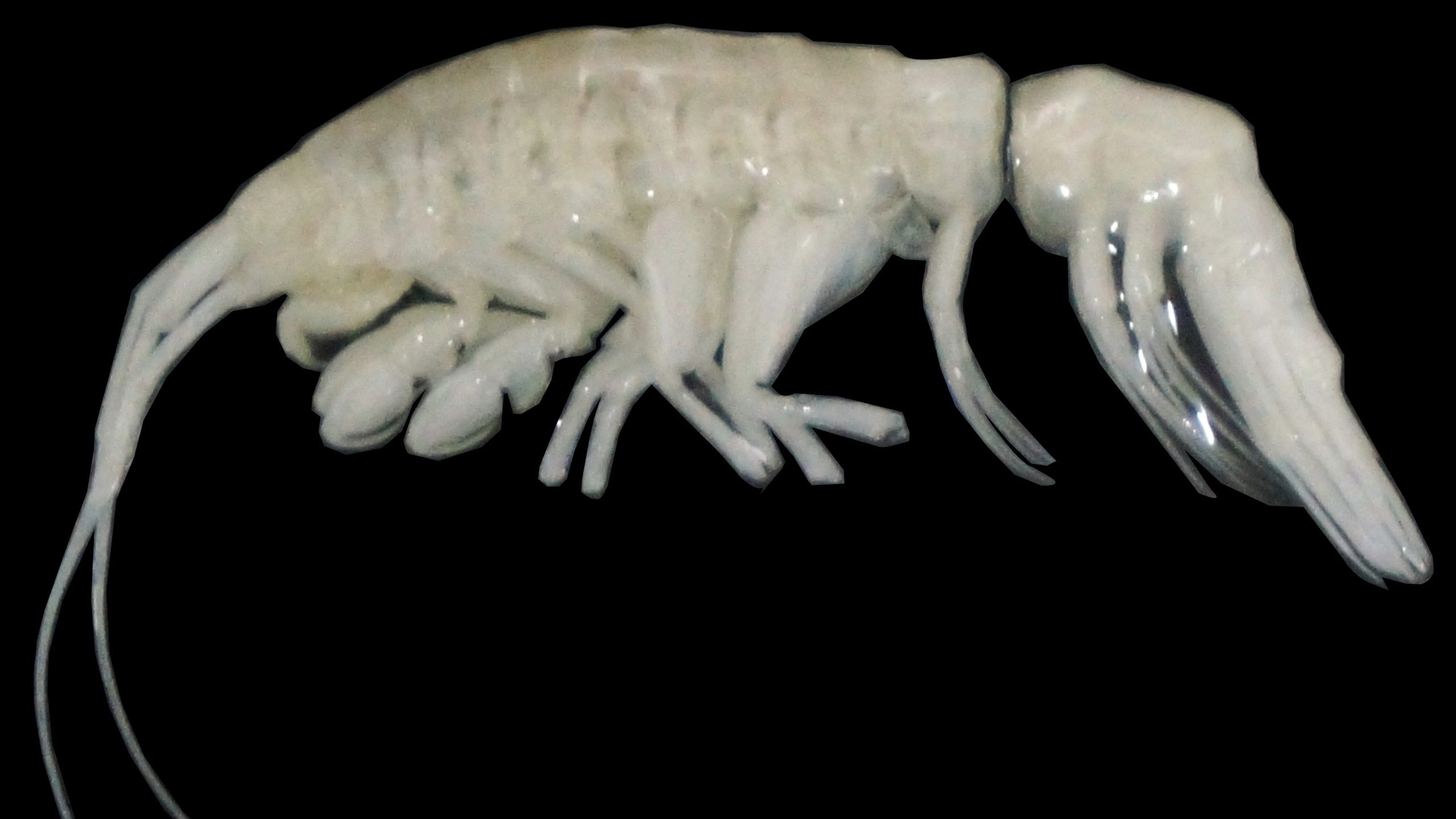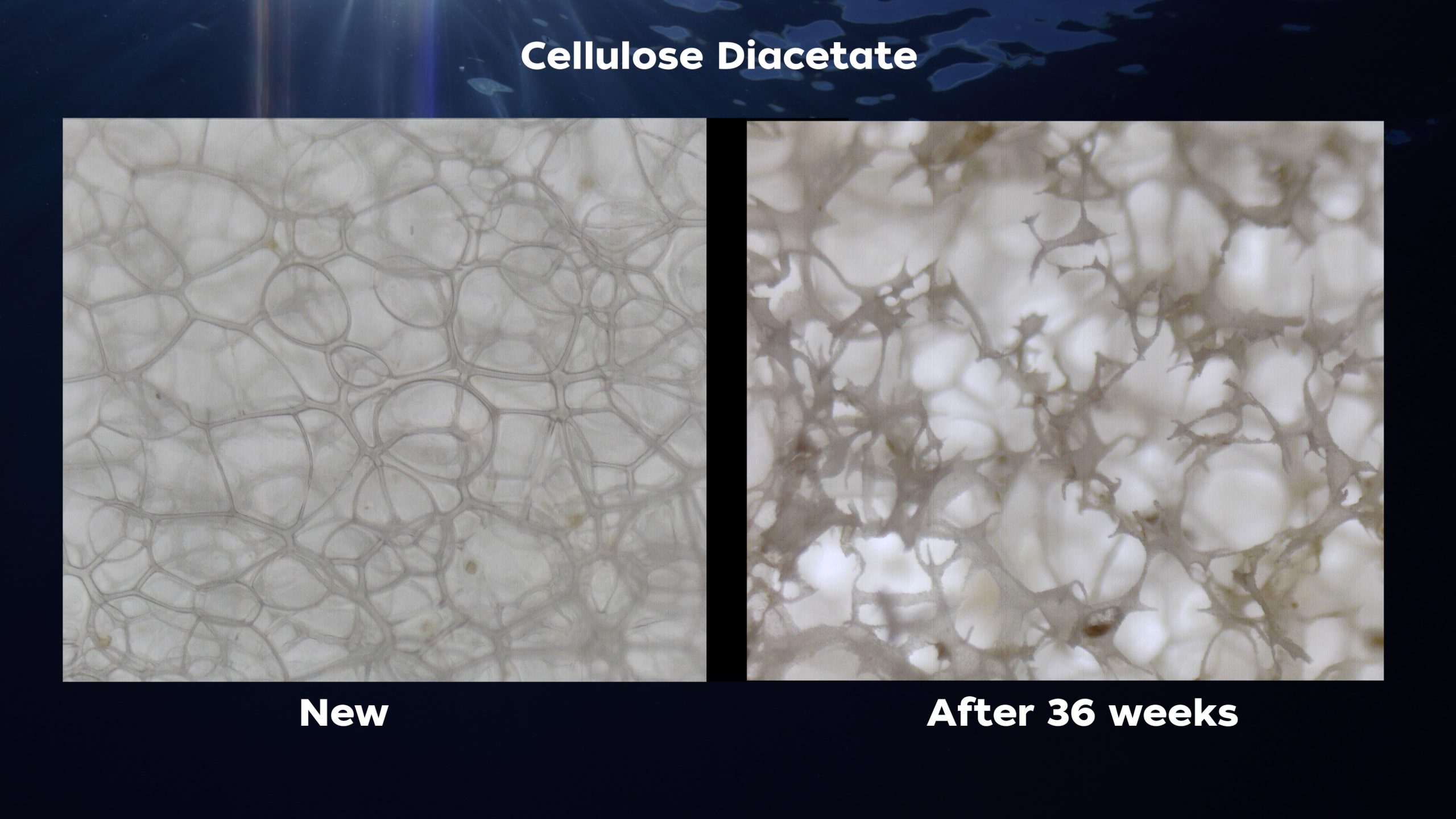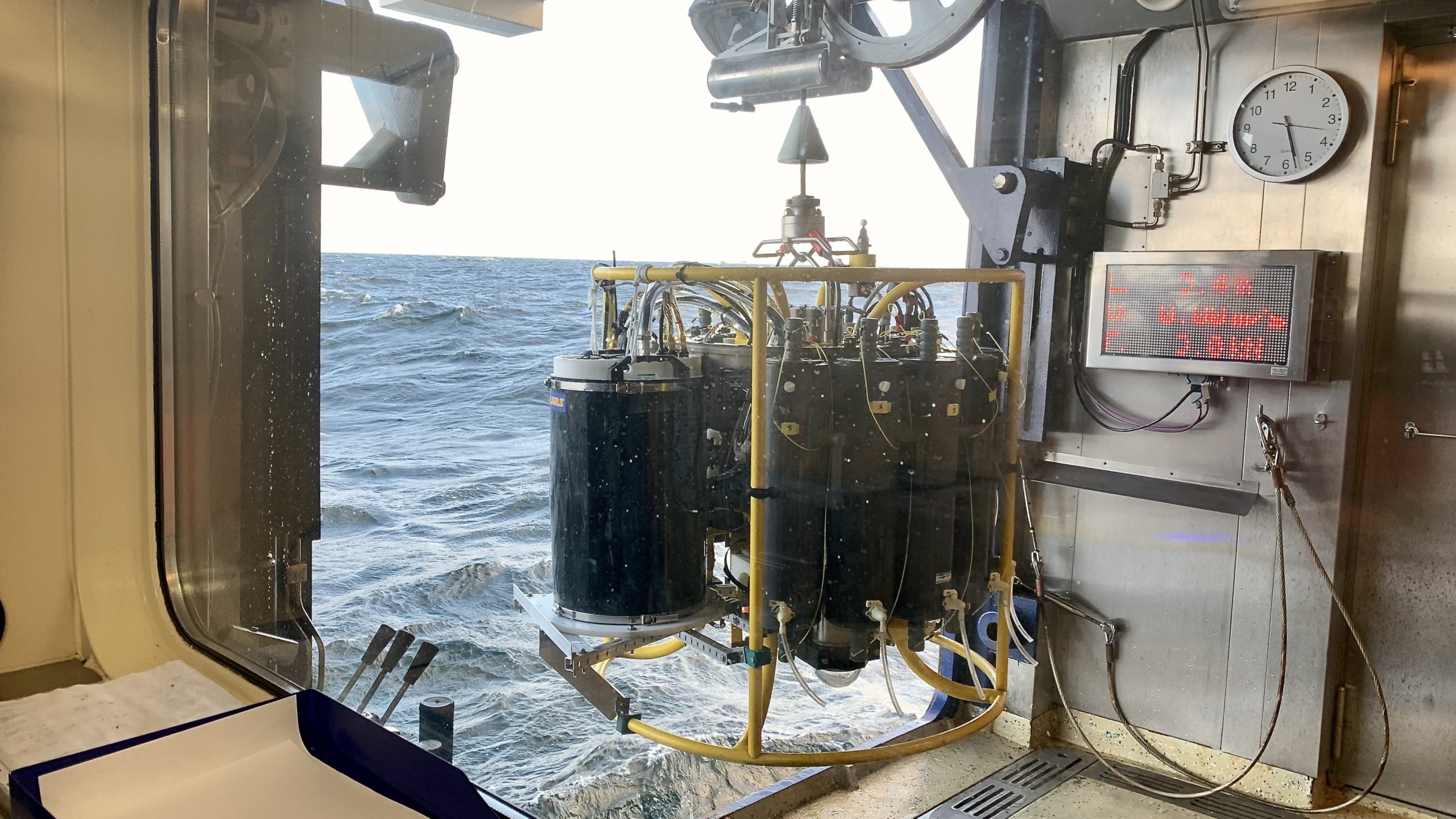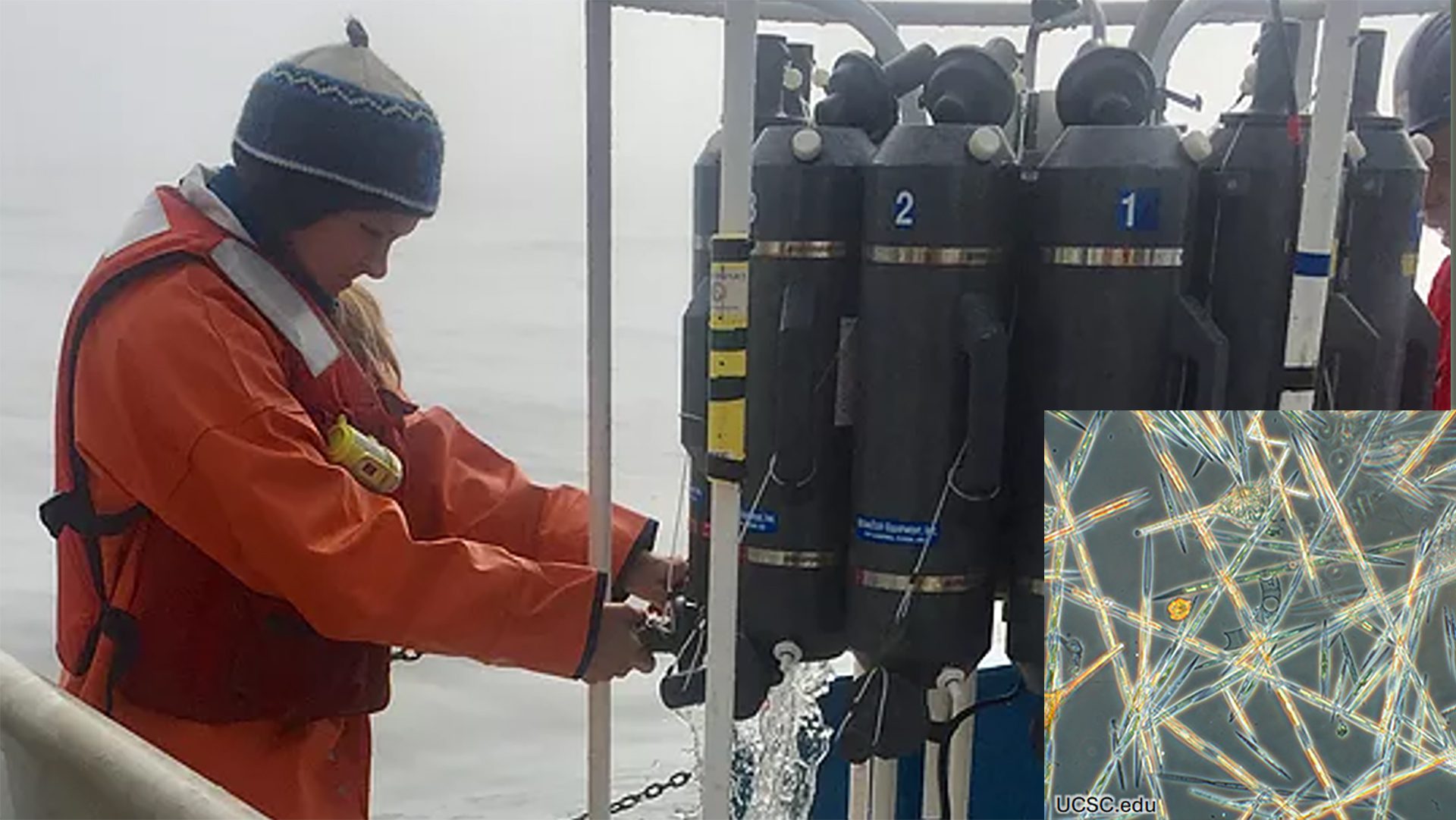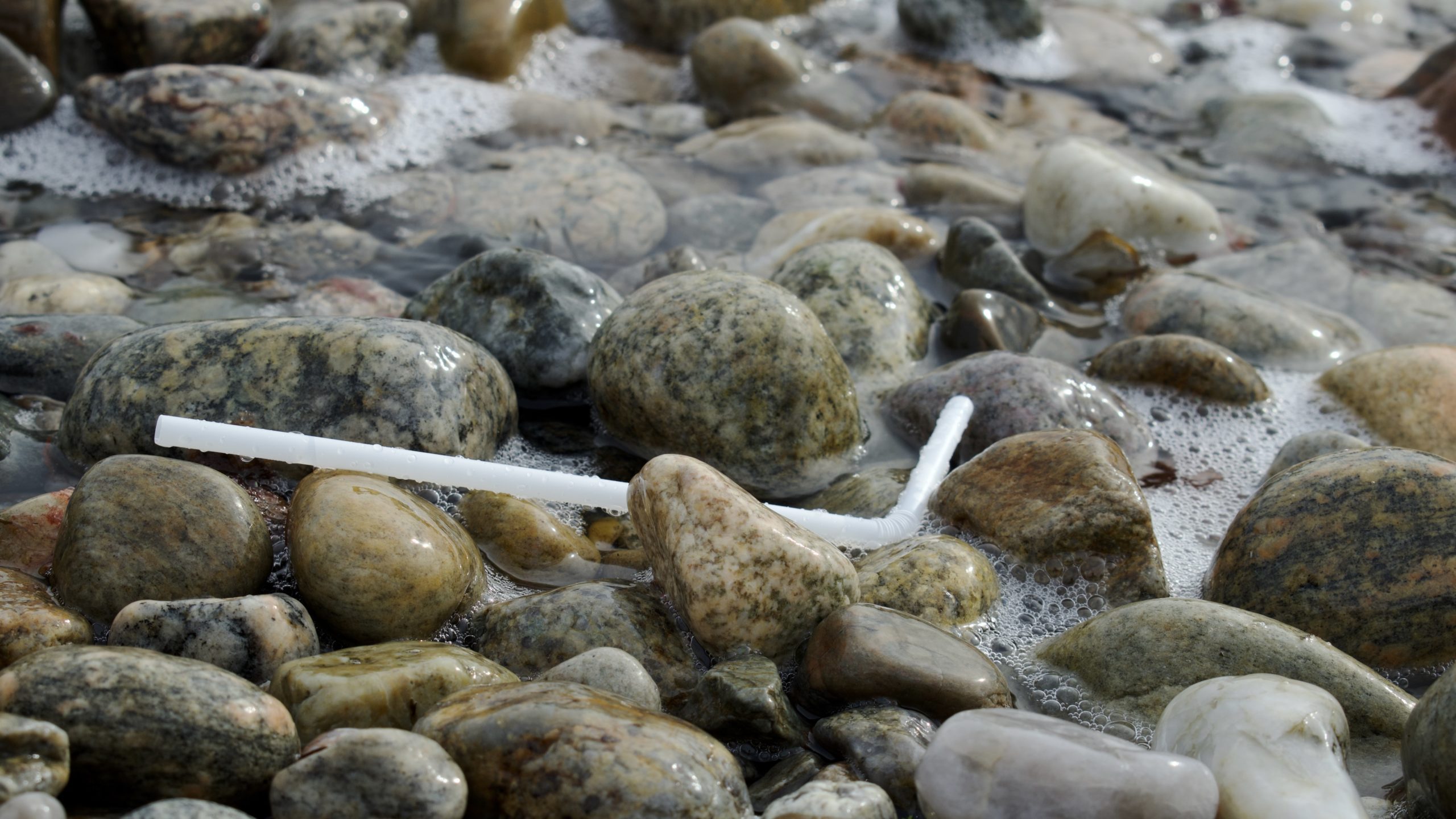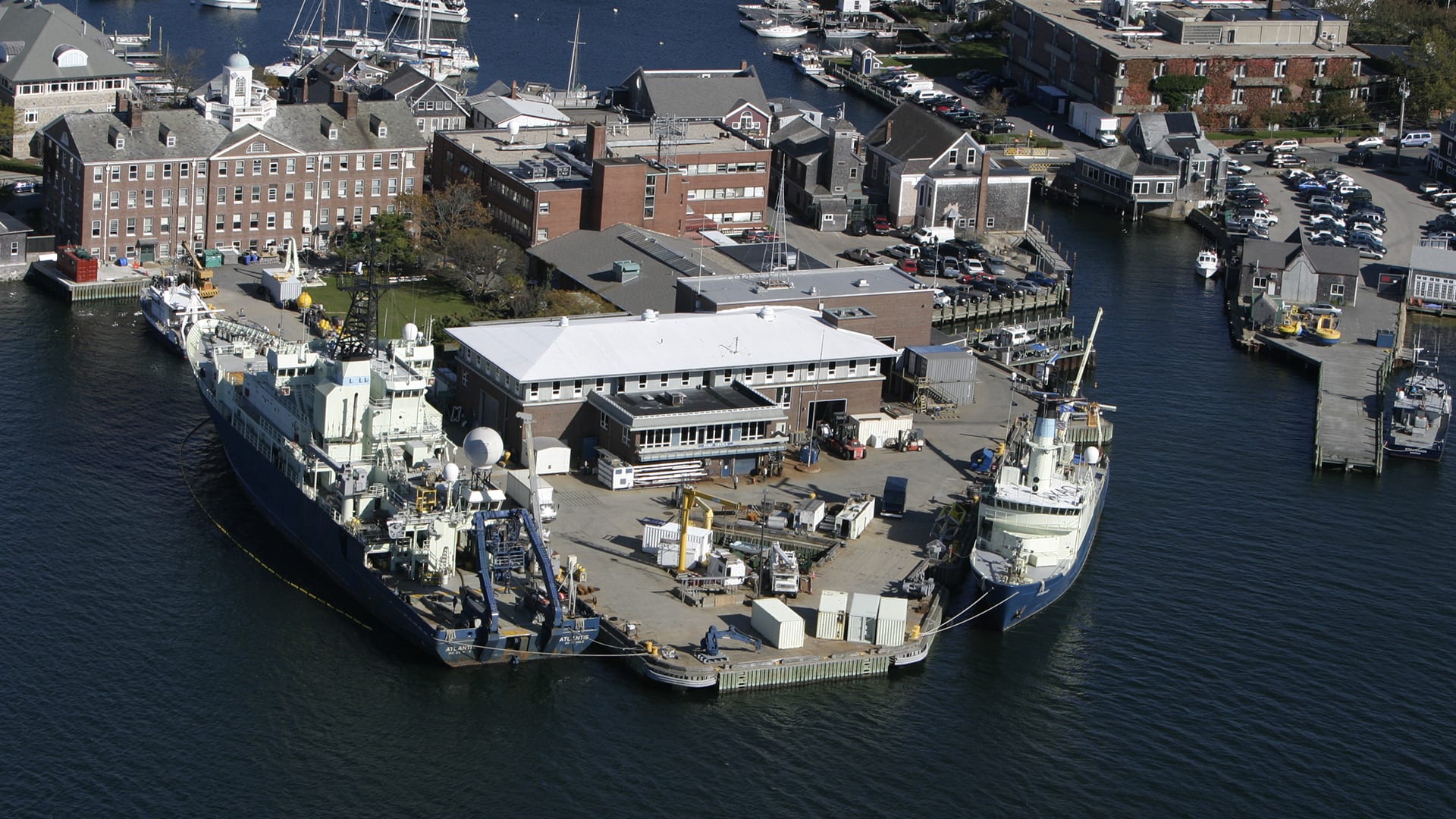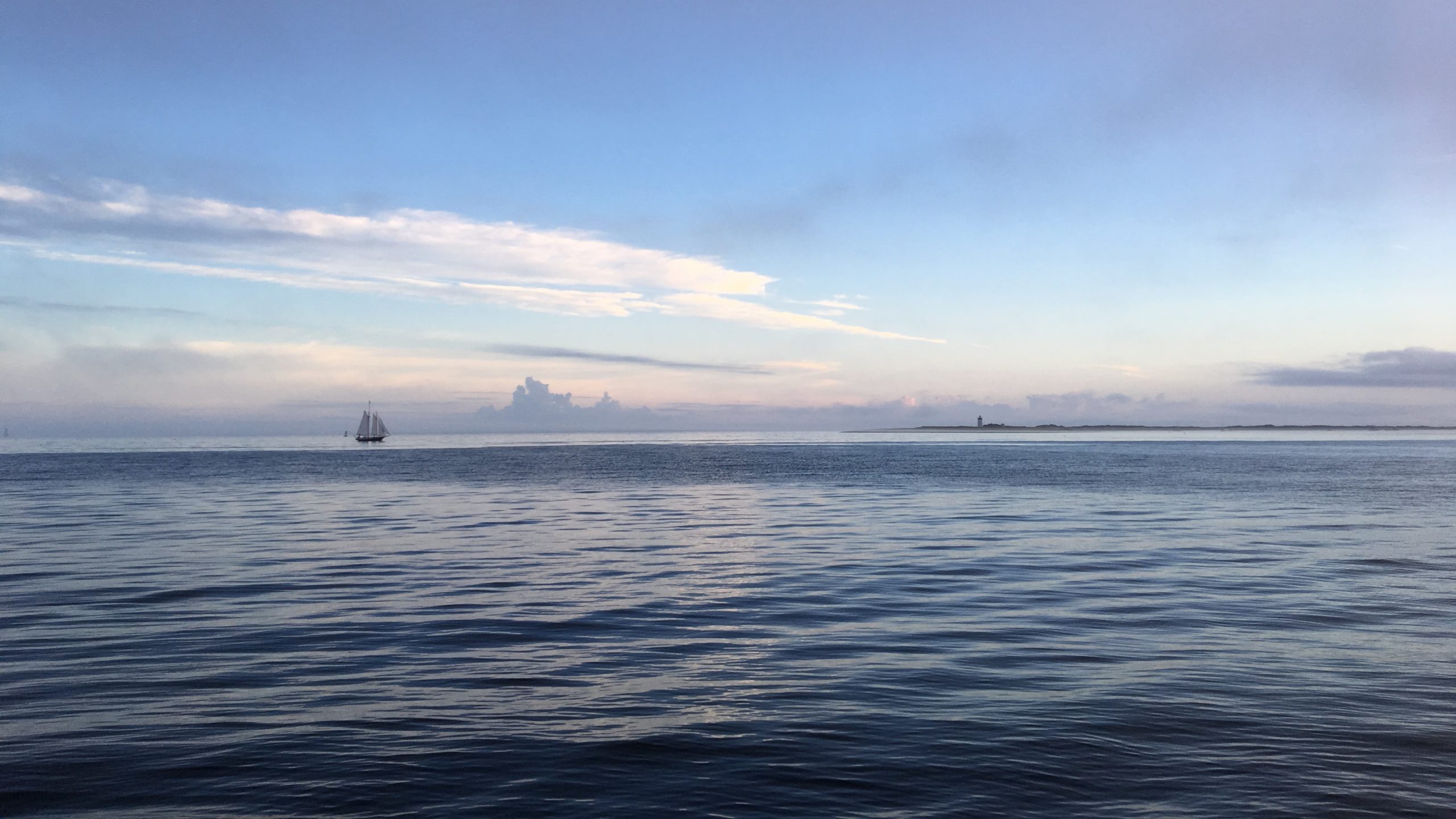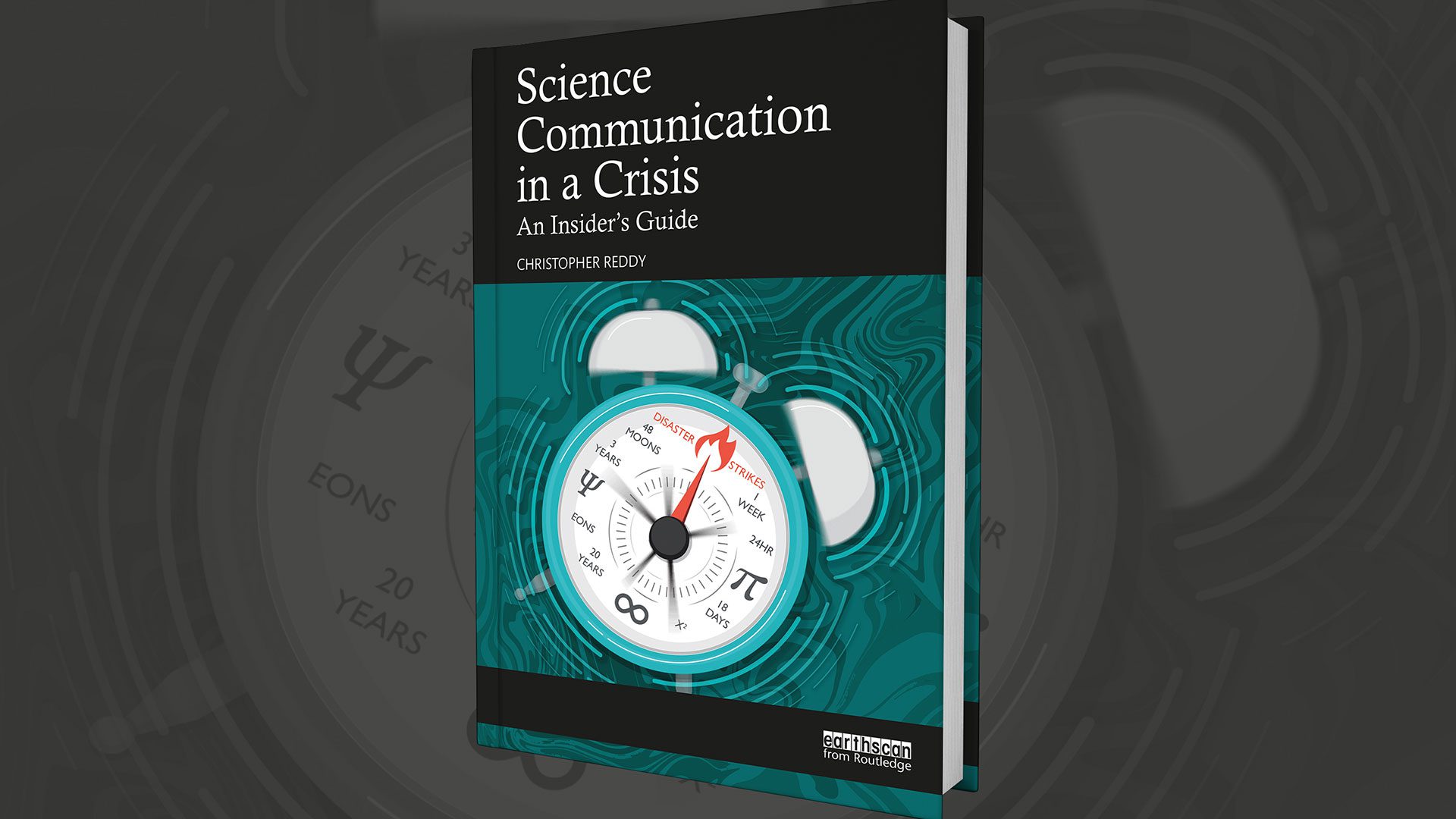News Releases
New report highlights plastic pollution as a grave and growing danger to health and announces an independent, health-focused global monitoring system
While the impacts of plastic pollution on human health and the environment are growing, the report finds, increasing harm due to plastics is not inevitable.
Read MoreNew study takes comprehensive look at marine pollution
Paper finds ocean pollution is a complex mix of chemicals and materials, primarily land-based in origin, with far-reaching consequences for environmental and human health, but there are options available for…
Read MoreSome Fish Quickly Adapt to Lethal Levels of Pollution
Killifish living in four polluted East Coast estuaries have adapted to survive levels of toxic industrial pollutants that would normally kill them, tolerating concentrations up to 8,000 times higher than sensitive fish. A new study reveals the complex genetic basis for the Atlantic killifishÃÂÃÂÃÂâÃÂÃÂÃÂÃÂÃÂÃÂÃÂÃÂs remarkable resilience.
Read MorePollution Triggers Genetic Resistance Mechanism in a Coastal Fish
For 30 years, two General Electric facilities released about 1.3 million pounds of polychlorinated biphenyls (PCBs) into New YorkA?s Hudson River, devastating and contaminating fish populations. Some 50 years later, one type of fishA?the Atlantic tomcodA?has not only survived but appears to be thriving in the hostile Hudson environment.
Read MoreNew Iron-Eating Microbe Major Component of Mining Pollution and Iron and Sulfur Cycling
A new microbe that eats iron and lives in some of the most acidic conditions found on earth has been identified as a major player in the environmental damage caused by metal ore mining. It also raises questions about the ability of microbes to survive in extremely toxic environments on earth or on other planets, and what role these organisms play in the cycling of iron and sulfur in the environment.
Read MoreFor Our Ocean Planet: WHOI launches historic $500 million campaign to ignite ocean discovery and solutions
Backed by global leaders and philanthropists, WHOI launches a landmark campaign to advance the science that protects the ocean, sustains communities, and secures our ocean future.
Read MoreUSS Arizona provides blueprint for addressing oil leakage at thousands of WWII shipwrecks
The findings underscore the USS Arizona’s dual role as a solemn memorial and a “living laboratory.”
Read MoreA new look at an old pollutant
A WHOI-led study tracks mercury across the western Pacific
Read MoreWHOI’s Christopher Reddy Elected Fellow of the American Chemical Society
Reddy is being honored for his outstanding contributions to analyzing environmental contaminants in the ocean.
Read MoreWHOI presents Centennial Medal to His Serene Highness Prince Albert II of Monaco
Award takes place at United Nations Ocean Conference, underscoring the need for global action in the protection of our oceans
Read MoreUN-backed global research shows benefits of tracking ocean giants for marine conservation
WHOI researchers part of collaborative, international effort to increase Marine Protected Areas and other strategies
Read MoreWoods Hole Oceanographic Institution and partners discover new ocean predator in the Atacama Trench
This crustacean is the first large, active predatory amphipod from these extreme depths.
Read MoreWHOI Scientists Discover Fastest Degrading Bioplastic in Seawater
A new version of CDA was found to be the fastest degrading bioplastic material tested in seawater and is a promising replacement for other long-lasting foam plastic materials.
Read MoreSwimming crustacean eats unlikely food source in the deep ocean
Increased capabilities in the human occupied submersible Alvin open a window on a rarely seen behavior.
Read MoreWoods Hole Oceanographic Institution Marine Chemist Authors ‘A Kids Book About Being a Scientist’
In his new book, A Kids Book About Being a Scientist, award-winning author and WHOI chemist Chris Reddy encourages young people to explore the world around them
Read MoreHuman Activity Is Causing Toxic Thallium to Enter the Baltic Sea, According to New Study
Human activities account for a substantial amount – anywhere from 20% to more than 60% – of toxic thallium that has entered the Baltic Sea over the past 80 years, according to new research by scientists affiliated with WHOI and other institutions.
Read MoreWoods Hole Center for Oceans and Human Health Receives Additional Five Years of Funding
The National Institute of Environmental Health Sciences (NIEHS) and National Science Foundation (NSF) have announced that the Woods Hole Oceanographic Institution (WHOI) will receive funding to continue operating the Woods Hole Center for Oceans and Human Health (WHCOHH).
Read MoreSome Plastic Straws Degrade Quicker Than Others, New Study Shows
WHOI researchers determine lifetimes of drinking straws in the coastal ocean and develop a prototype bioplastic straw that degrades even faster than paper
Read MoreA new way of looking at plastics
WHOI researchers develop a new sustainability metric for plastic products
Read MoreOcean Pavilion Partners Unveil COP28 Dubai Ocean Declaration
Declaration recognizes the critical role of the ocean in regulating climate change, calls for increased ocean observations
Read MoreWHOI chemist given prestigious award
The award recognizes individuals who “materially increase the public’s knowledge of chemistry, chemical engineering, and related fields.”
Read MoreWoods Hole Oceanographic Institution Elects New Trustee and Corporation Members
The Board of Trustees of Woods Hole Oceanographic Institution (WHOI) today welcomed one new Board Member and eight new Corporation Members.
Read MoreMapping the potential path of nuclear wastewater
WHOI Sea Grant will study spreading pathways from Pilgrim Nuclear Power Station
Read MoreWHOI Marine Chemist Shares Hard Won Advice for Communicating in the Face of Environmental Disasters
Science Communications in a Crisis: An Insider’s Guide draws on decades of experience
Read More
